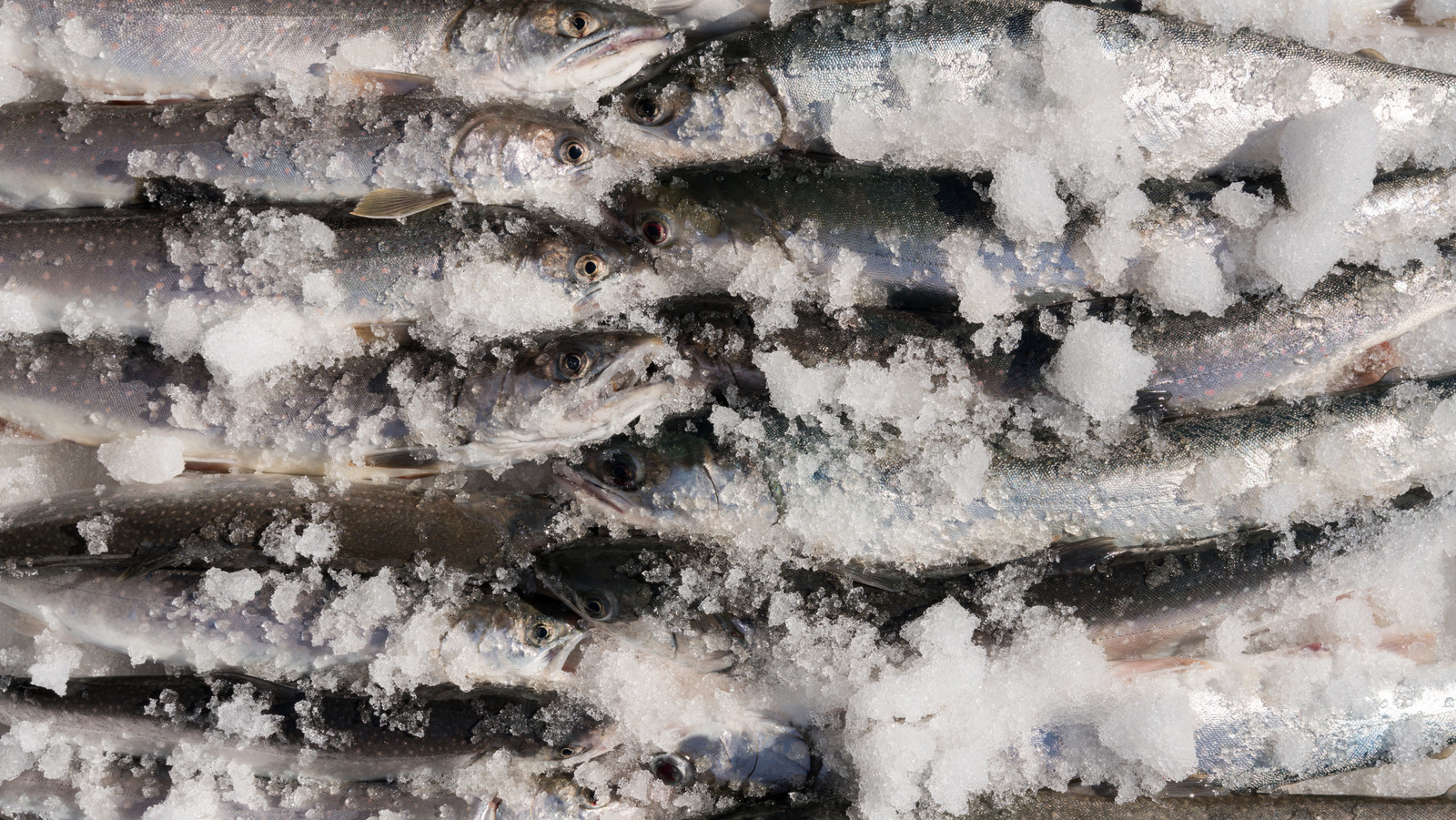
"The myth that frozen fish is inherently inferior persists; however, it all comes down to how your fish is frozen, with flash-freezing being the best method."
"Buying foods fresh is typically yields the greatest quality return, but not everyone has the same opportunities to access fresh, especially seafood."
"Commercially, fresh caught fish are chilled via two methods: slow freezing or flash-freezing, with flash-freezing being superior for retaining freshness."
"Around 23% of seafood on the market is tossed away; freezing fish is a key way to reduce waste and allow non-locals to enjoy coastal catches."
The article discusses the common perception that fresh food is always superior, particularly in seafood. However, it highlights that access to fresh seafood varies, with those in landlocked areas facing challenges. The piece points out that approximately 23% of seafood goes to waste. To mitigate this waste, freezing offers a viable solution, especially through flash-freezing, which preserves the quality of fish better than slow freezing. This method prevents water from expanding and damaging the fish, making frozen seafood a good alternative for many consumers.
Read at Tasting Table
Unable to calculate read time
Collection
[
|
...
]